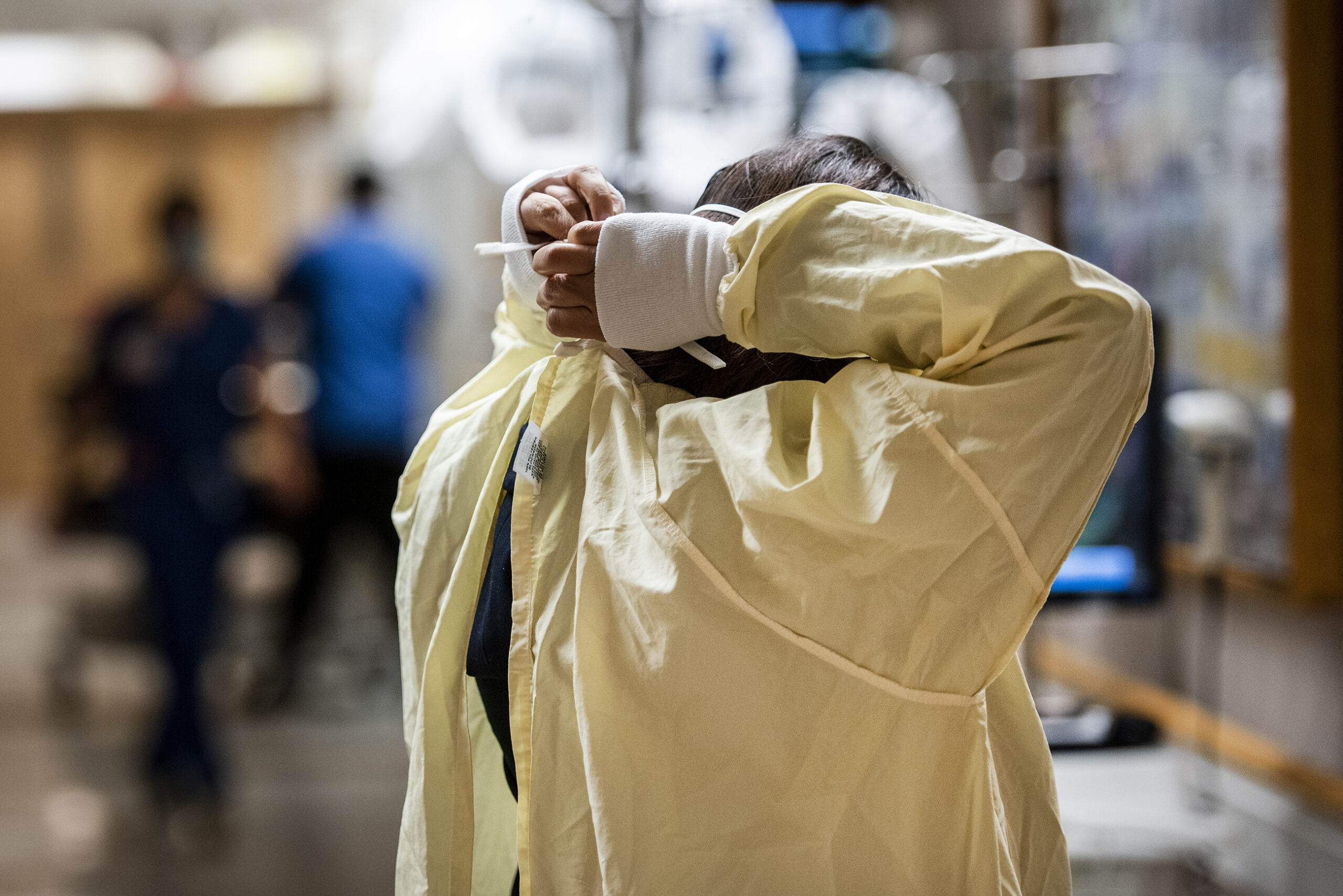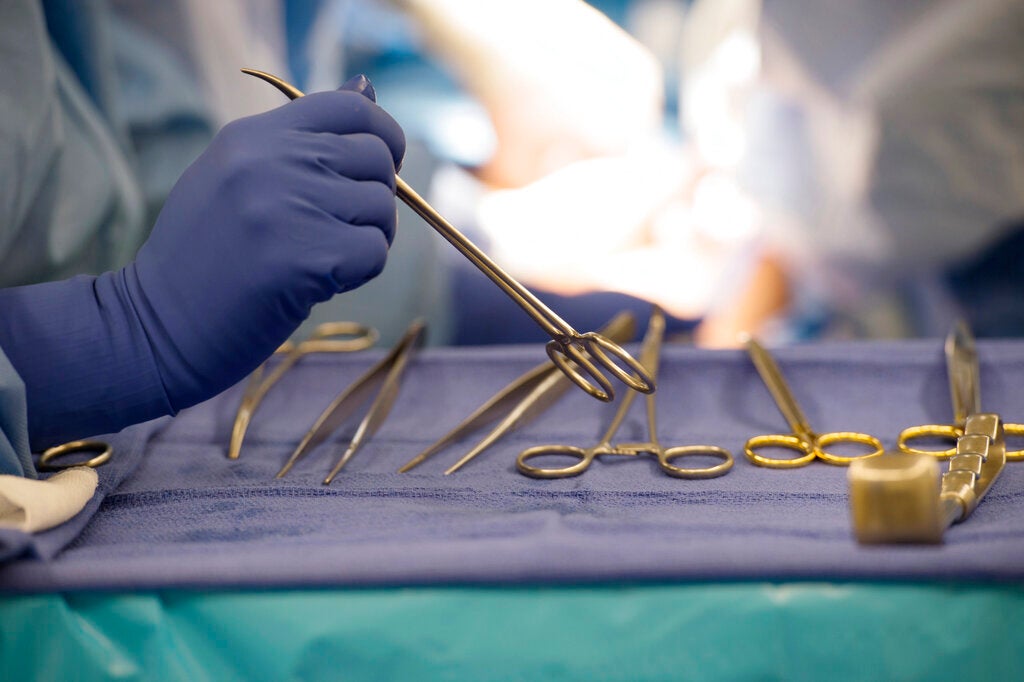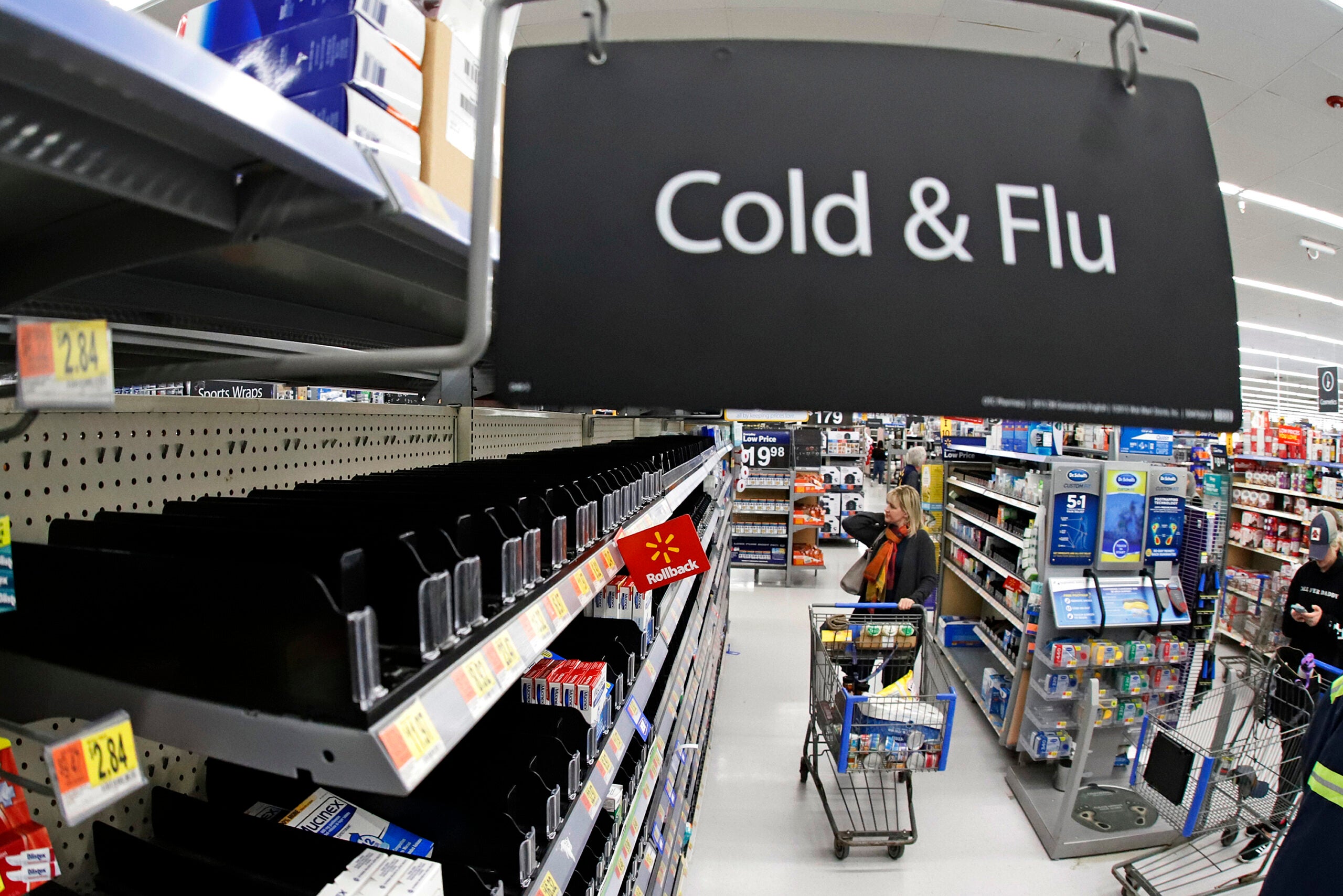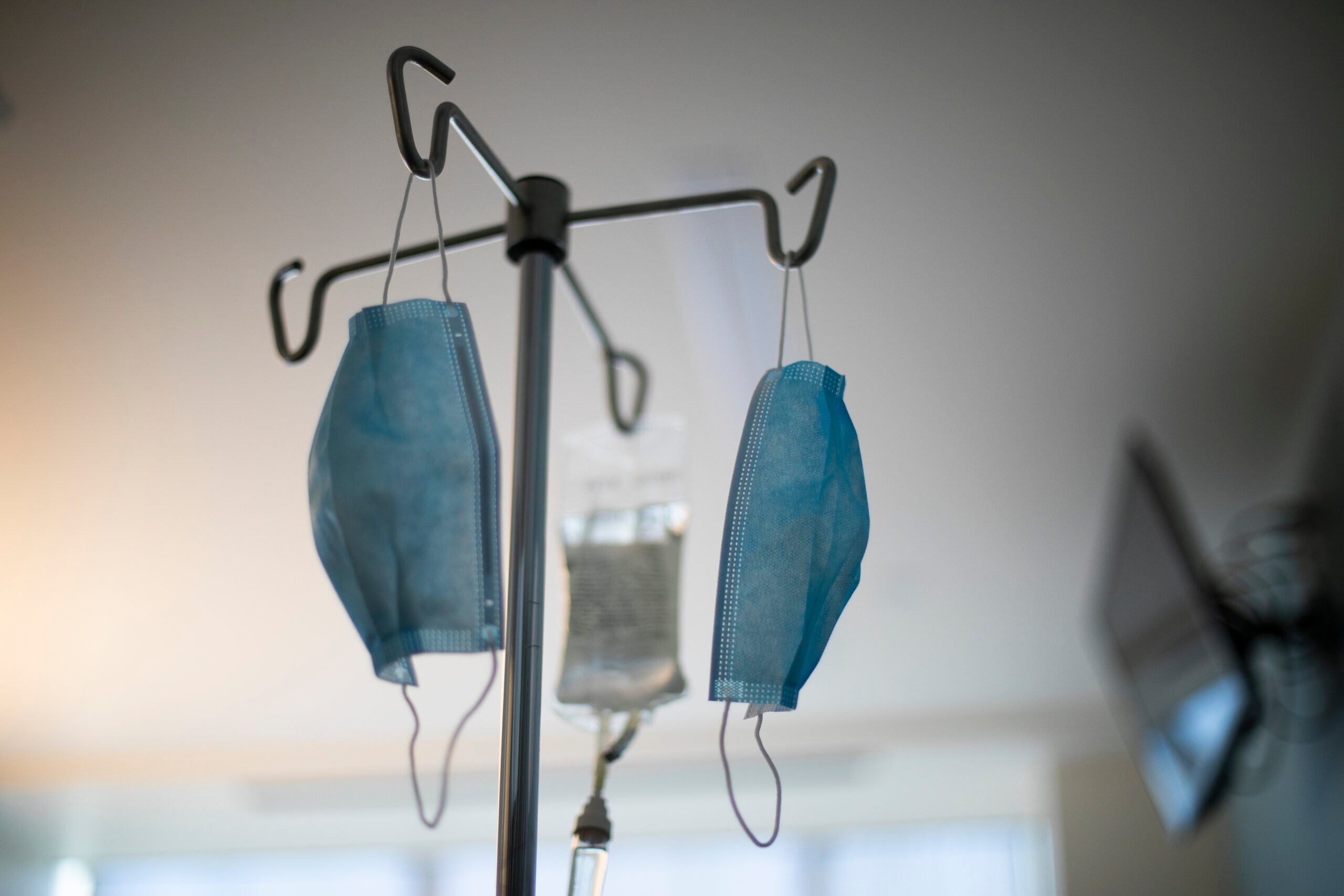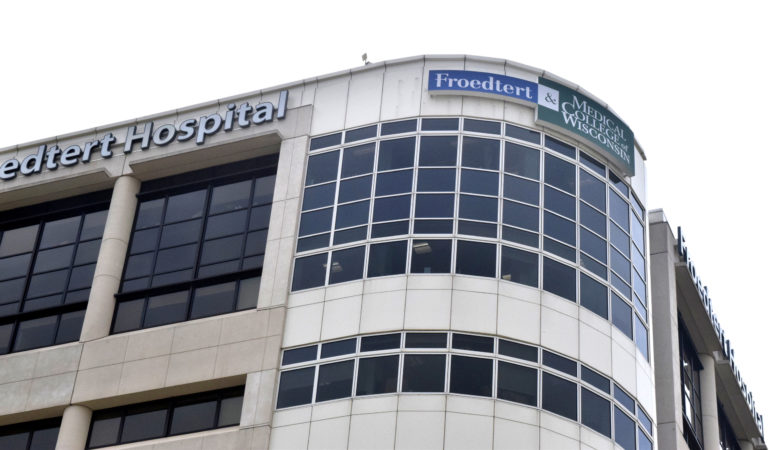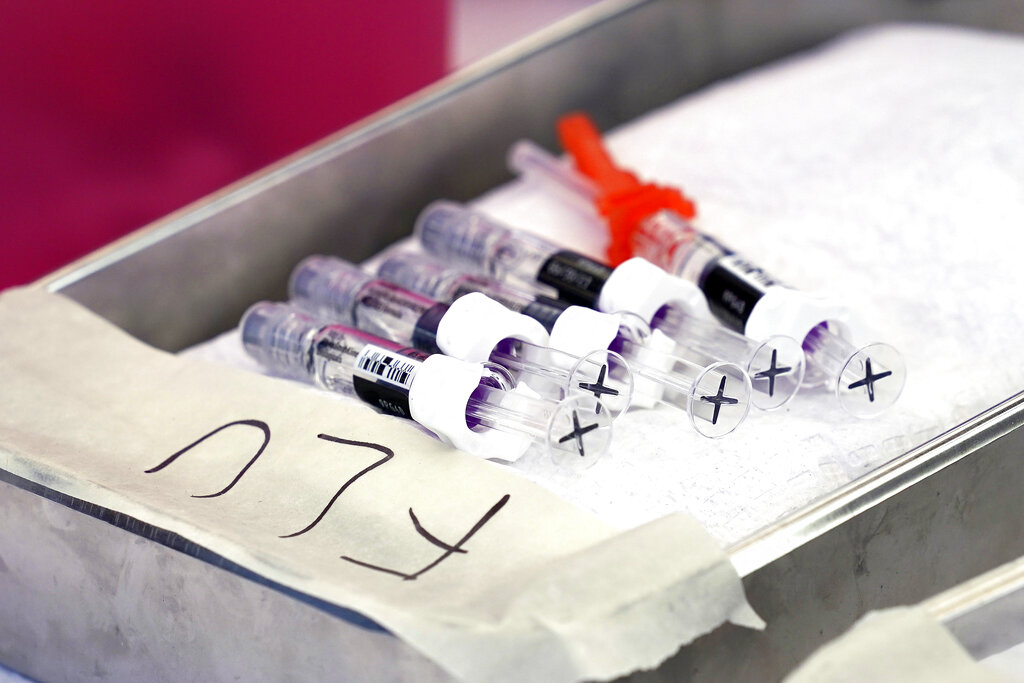Western Wisconsin health officials are warning communities about the ongoing spike in COVID-19 cases and how it could affect local health care systems in the coming weeks.
During a press briefing Thursday, Jason Craig, regional chair of administration for Mayo Clinic Health System in Northwest Wisconsin, warned that local case rates and hospitalizations are rising rapidly.
“Due to increasing positivity rates and hospitalizations, our modeling indicates that this new surge is imminent,” Craig said. “Our current seven-day average daily test positivity rate is over 13 percent. And just to put that into perspective for all of you, a daily test positivity rate of 5 percent is what indicates a high level of community spread within our areas.”
Stay informed on the latest news
Sign up for WPR’s email newsletter.
According to data from the state Department of Health Services, the state’s seven-day average for percent positive by test was 7.7 percent as of Friday.
Craig said Mayo has seen an increase in hospitalizations over the last three weeks and officials are worried once again about their ability to care for all patients if the trend continues.
“While we’re very accustomed to managing hospitals with full hospital beds, COVID patients have much longer stays due to the complexity of their care, and that causes a decrease in our overall availability of hospital beds throughout the region,” Craig said.
Jacquie Cutts is public health nursing manager for La Crosse County Health Department. She said La Crosse County recently saw a 15-fold increase in the average case rate over a three-week period.
DHS reported on Friday that La Crosse County had a seven-day average of 30 new COVID-19 cases. Two weeks ago, the average case rate was 24.
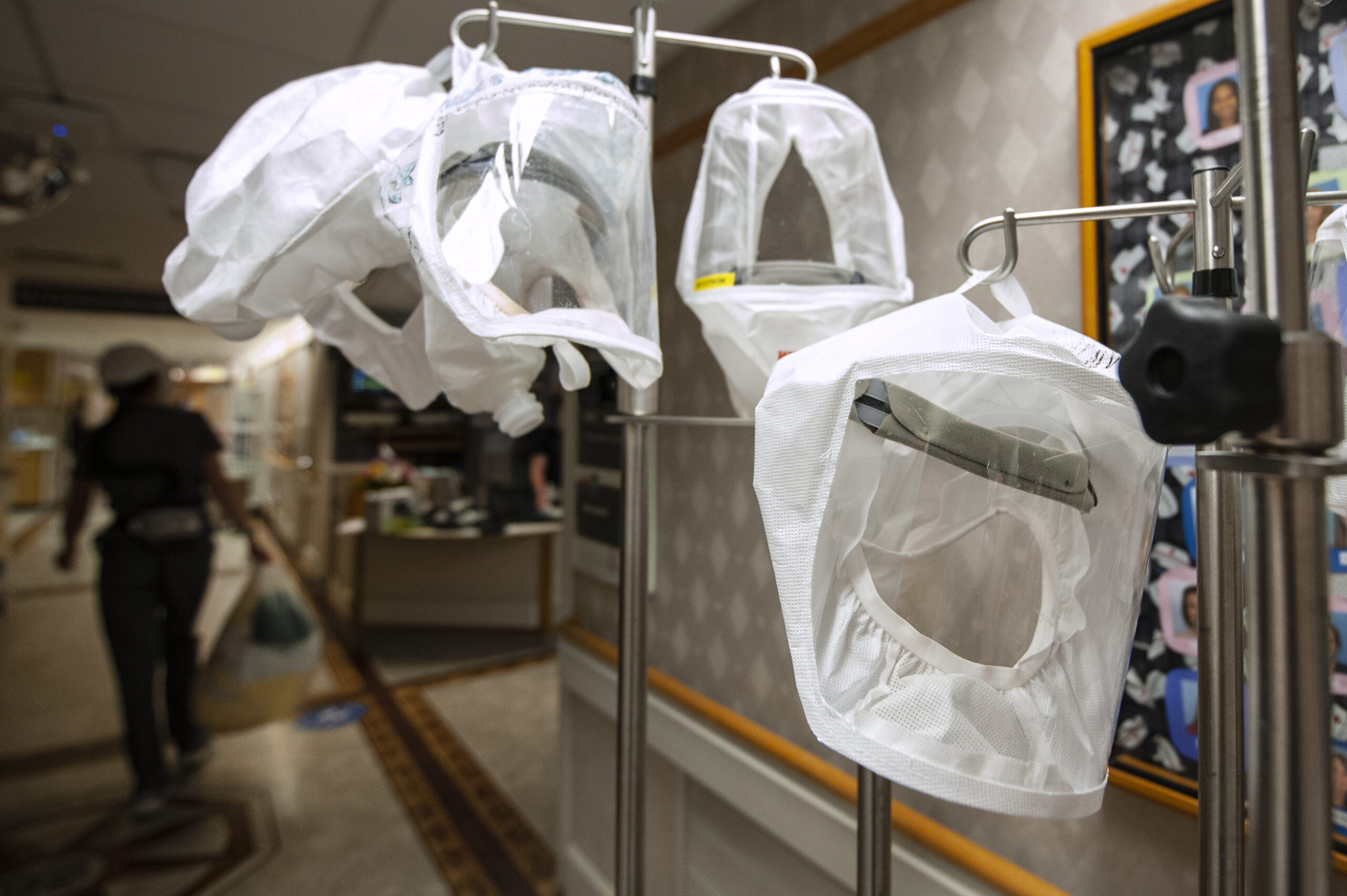
Intensive care beds in La Crosse area hospitals are hovering at or above 90 percent full, similar to statewide capacity reported by DHS. While COVID-19 patients are making up a growing number of ICU patients, Cutts said hospitals are also seeing more acute patients resulting from a delay in care earlier in the pandemic and an unseasonable number of patients with respiratory syncytial virus, or RSV. Cutts said RSV is a common virus that typically flares up in the fall around cold and flu season and most commonly affects infants and older adults.
“When you put all of that together, it kind of creates this perfect storm where you have rising needs related to health care for all sorts of different reasons, and you want to safeguard the ability of the health care system to provide that care. Which is why doing all the things that we can to prevent further COVID infections, helps … our health care systems and it helps our community in general.”
Dr. Michael Dolan, chief medical operating officer for Gundersen Health System, said COVID-19 patients in the ICU essentially require one-on-one nursing care, which can stretch staffing resources thin.
“The heart attack patients, the stroke patients, the trauma patients still keep coming because they’re going to happen at a normal rate every day. And so you’re still dealing with those things that you would normally deal with, but now you’ve got, you know, between four and 10 beds taken up with COVID patients that are really, really sick,” he said.
Dolan said the rise in new cases is what’s most worrying for health care providers. He said it usually takes two weeks from when a case is identified to when a patient may need treatment at the hospital.
But Dolan said it’s hard to know exactly what to expect from a new surge given the change in the kinds of COVID-19 patients providers are seeing and the high rate of vaccinations among those age 65 and older.
“If you would have looked at our census in November of 2020, you would have seen that 90 to 95 percent of the patients in the hospital were over the age of 65. Well I can tell you that now it’s 90 percent that are probably under the age of 65,” Dolan said. “It’s a completely different demographic. And so it may not translate completely into the same number of hospitalizations as it did last fall.”
Dolan said the other major difference from previous surges is the mental state of health care workers. He’s hearing from providers that they’re tired and frustrated that more people have not tried to protect themselves from serious illness by getting the vaccine.
“People were really traumatized by what happened last fall, watching people who were relatively healthy days before, weeks before, dying. And now they’re starting to see that (again) only in a younger population,” Dolan said. “I’m seeing an impact very similar to PTSD, and people are feeling very traumatized.”
Pam White, chief nursing officer at Mayo Clinic Health System in Northwest Wisconsin, said she is also seeing the physical and emotional toll the recent increase in hospitalizations is taking on her staff.
“We’re only human, and just like you, we’re tired of COVID. We wish we were talking about COVID-19 in the past tense, but we’re not,” White said during the press briefing on Thursday.
White encouraged people to get vaccinated and resume public health precautions like wearing a mask and avoiding large gatherings to prevent the rise in cases from continuing.
Wisconsin Public Radio, © Copyright 2024, Board of Regents of the University of Wisconsin System and Wisconsin Educational Communications Board.

